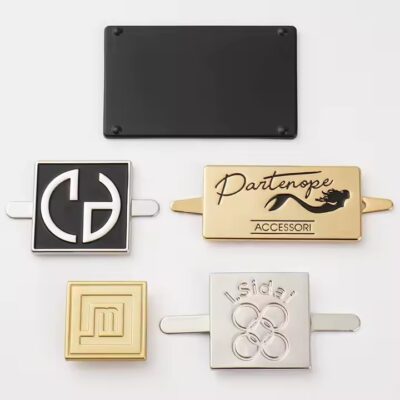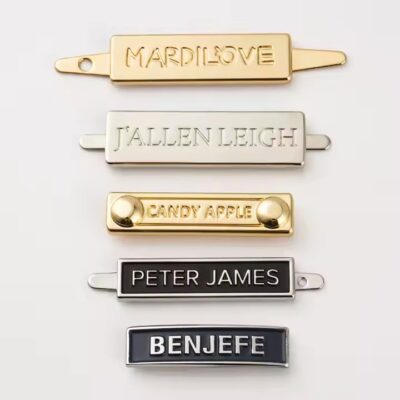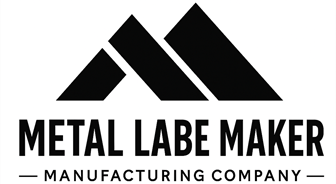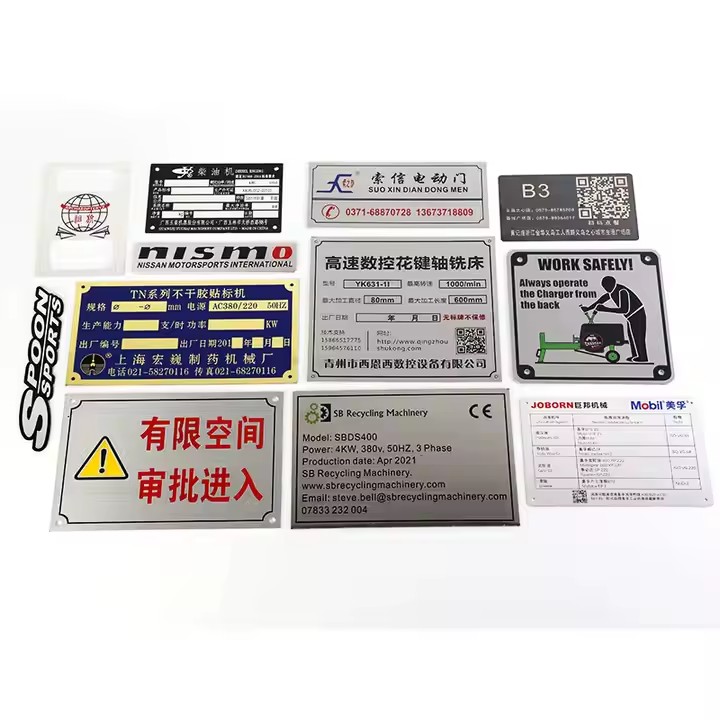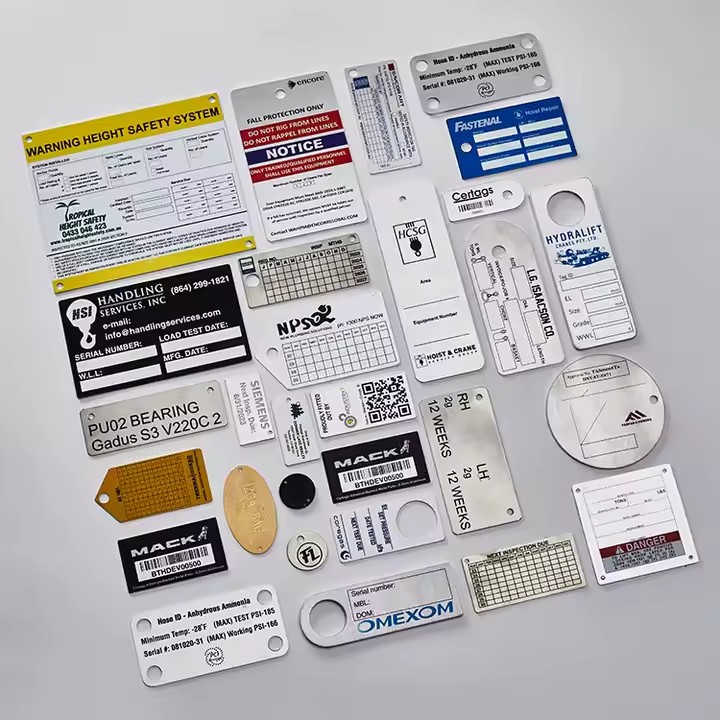Common Materials for Die-Cast Metal Labels and Their Performance Comparison
Introduction
Die-cast metal labels are valued for their durability, precision, and high-quality finish. The choice of material plays a crucial role in determining the label’s strength, corrosion resistance, weight, and overall performance. This article reviews the common materials used in die-cast metal labels and compares their properties to guide your selection process.
1. Zinc Alloys
Zinc is the most widely used material in die casting due to its excellent casting properties and versatility. Zinc alloys offer good strength, hardness, and corrosion resistance. They allow for detailed and intricate designs with smooth finishes. Zinc is relatively affordable, making it a popular choice for both small and large production runs.
Performance Characteristics:
-
High dimensional accuracy
-
Good corrosion resistance
-
Moderate weight
-
Excellent surface finish potential
Best for: General-purpose die-cast labels requiring fine detail and balanced durability.
2. Aluminum Alloys
Aluminum alloys are known for their lightweight nature and strong corrosion resistance. Aluminum die-cast labels are ideal when weight reduction is important without compromising durability. Aluminum also dissipates heat well, which can be beneficial in certain industrial environments. However, aluminum can be more expensive than zinc and requires specialized handling during casting.
Performance Characteristics:
-
Lightweight
-
Excellent corrosion resistance
-
Good strength-to-weight ratio
-
Suitable for outdoor and high-temperature environments
Best for: Applications where lightweight labels and high corrosion resistance are critical.
3. Magnesium Alloys
Magnesium alloys are among the lightest metals used in die casting. They offer excellent strength-to-weight ratios and good thermal conductivity. Magnesium die-cast labels provide superior weight savings but are generally more expensive and require careful corrosion protection treatments.
Performance Characteristics:
-
Extremely lightweight
-
High strength-to-weight ratio
-
Good thermal conductivity
-
Requires surface treatment for corrosion protection
Best for: High-performance applications where minimizing weight is a priority.
Comparison Summary
| Material | Weight | Corrosion Resistance | Strength | Cost | Detail Precision |
|---|---|---|---|---|---|
| Zinc Alloys | Moderate | Good | Good | Most affordable | High |
| Aluminum Alloys | Lightweight | Excellent | Good | Moderate | High |
| Magnesium Alloys | Very Lightweight | Moderate (needs treatment) | Excellent | Higher | Moderate |
Conclusion
Selecting the right material for die-cast metal labels depends on your specific needs regarding durability, weight, cost, and environmental exposure. Zinc alloys provide a cost-effective, detailed option; aluminum alloys balance lightweight with strong corrosion resistance; and magnesium alloys offer the lightest weight for specialized applications. Understanding these materials will help you make the best choice for your labeling projects.
